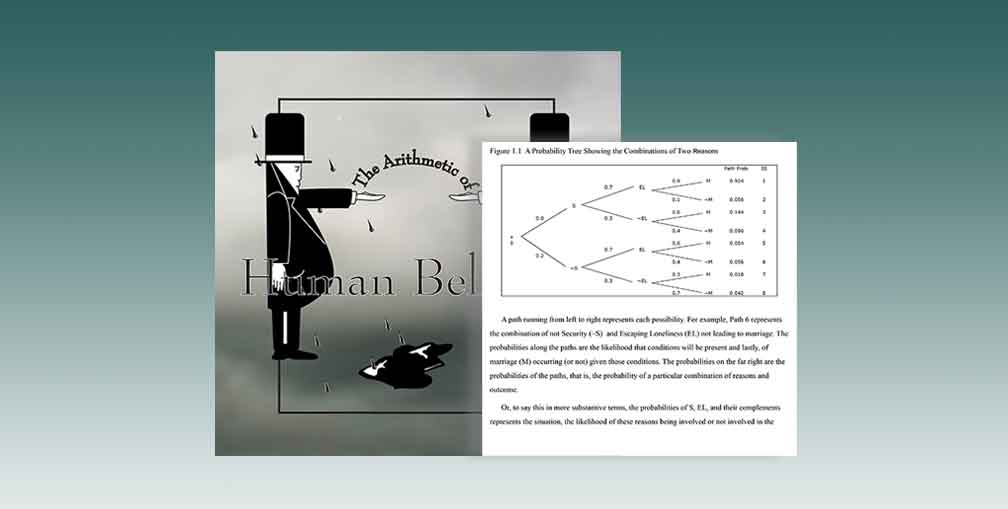The Arithmetic of Human Behavior

Social scientists are often criticized for leaving out much of what makes us human, but they have their reasons. If we hope to get at what is really going on, they argue, we have to cut away the incidental, disclose the underlying consistencies, and from that identify more basic structures, forces, and mechanisms. Leaving things out isn’t only an analytic tactic forced on us by the complexity of the human world, it is central to a scientific approach.
It’s a good argument given its assumptions, but what if the patterns of human behavior we observe do not stem from underlying consistencies? What if the underlying consistencies, like the rules of a game of chess or computer hardware, just allow a wide variety of ways things can happen?
In that case explanations are not restricted to consistencies leading to consistencies. Reliable patterns of behavior can arise because there are many ways the same thing can happen: inconsistent ways to reach consistent results. In this case behaviors are explained by the sum of the probabilities of the diverse ways they happen, and a science looking to tease out consistencies leading to consistencies is an exercise in misdirection.
Mathematically, the idea of different and even improbable inputs leading to a probable output is not problematic. It is simply the effect of a disjunction under uncertainty. But are disjunctions a plausible mechanism for explaining much of the human world?
by Michael Raskin | Published Online 31 Aug 2011
